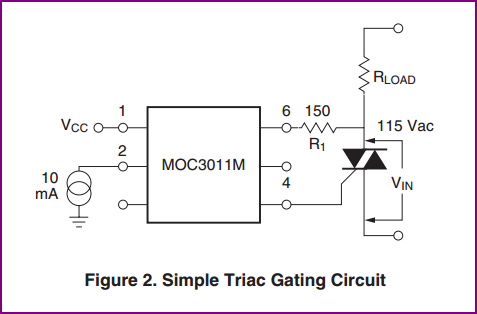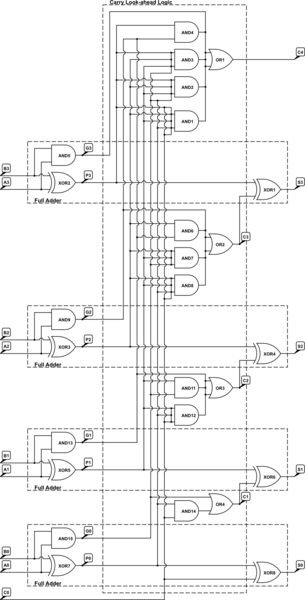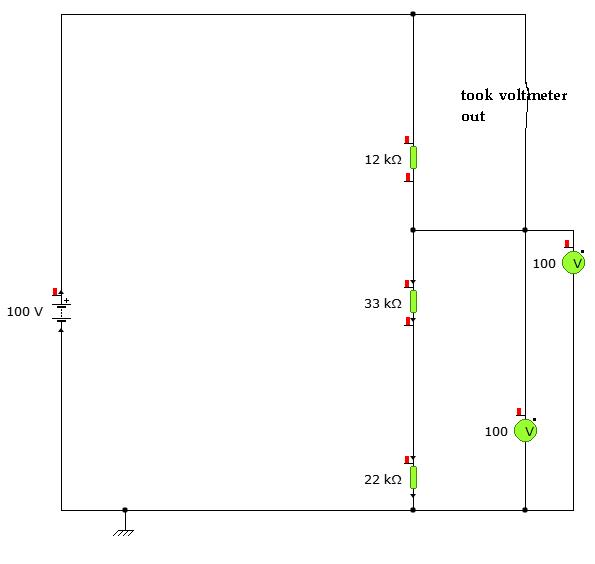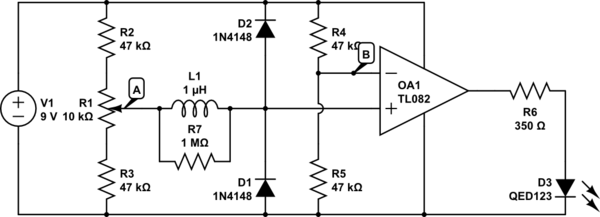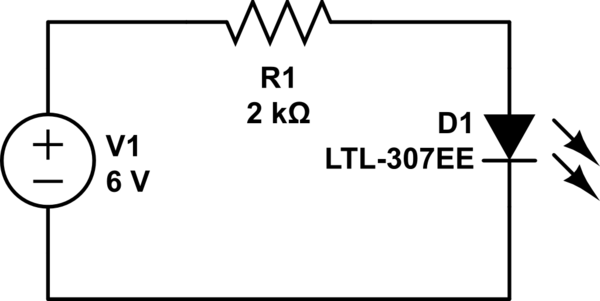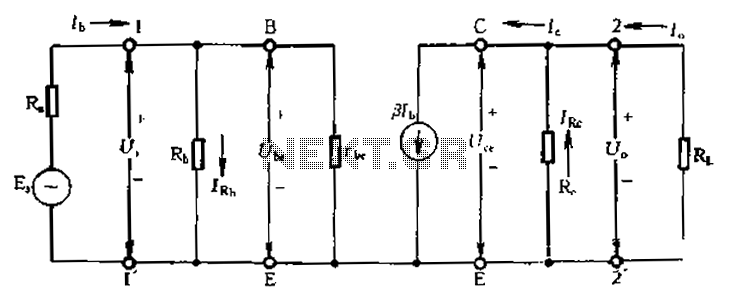
How to calculate toroidcoils
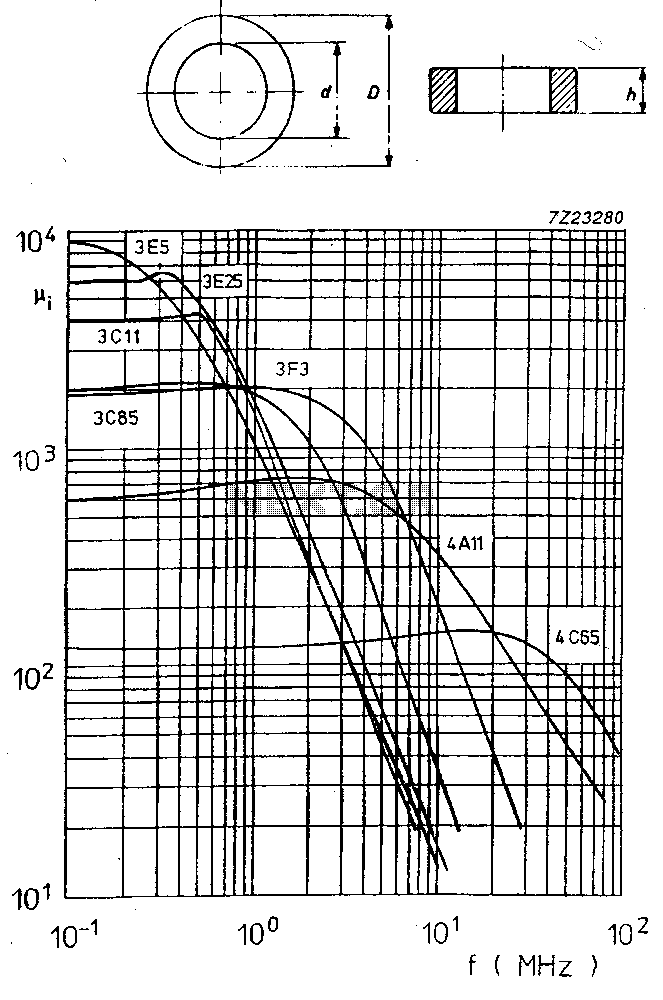
This side will explain how to calculate toroid coils. I have made toroid tests with different number of turns and measured the inductance. Formula: L (nH) = N² * AL. Where: L = inductance in nanohenrys. N = number of turns. AL = inductance factor.
Toroid coils, commonly used in inductors and transformers, can be accurately characterized by calculating their inductance. The inductance \( L \) in nanohenries (nH) is determined using the formula \( L = N^2 \times AL \). Here, \( N \) represents the number of turns wound around the toroidal core, while \( AL \) is the inductance factor specific to the core material and geometry, expressed in nanohenries per turn squared.
To perform these calculations, it is essential to first ascertain the inductance factor \( AL \) for the specific toroidal core material being used. This value can often be found in manufacturer datasheets or through empirical testing. The core's geometry, including its dimensions and material properties, significantly influences the \( AL \) value.
Once \( AL \) is known, the inductance can be calculated for various winding configurations. For example, if a toroid has an \( AL \) value of 100 nH and is wound with 10 turns, the inductance can be computed as follows:
\[
L = 10^2 \times 100 = 10000 \, nH \, (or \, 10 \, \mu H)
\]
This formula allows for the design and optimization of inductors in various applications, such as filters, oscillators, and power supplies. It is also crucial to consider the effects of core saturation and temperature variations on the inductance, which may require adjustments to the design for specific applications. Proper measurement techniques should be employed to verify the calculated inductance against actual performance in circuit conditions.This side will explain how to calculate toroidcoils. I have made toroid tests with different number of turns and measured the inductance. Formula : L (nH) = N2 *AL. Where: L = inductance in nanohenrys. n = number of turns. AL = inductance factor. 🔗 External reference
Toroid coils, commonly used in inductors and transformers, can be accurately characterized by calculating their inductance. The inductance \( L \) in nanohenries (nH) is determined using the formula \( L = N^2 \times AL \). Here, \( N \) represents the number of turns wound around the toroidal core, while \( AL \) is the inductance factor specific to the core material and geometry, expressed in nanohenries per turn squared.
To perform these calculations, it is essential to first ascertain the inductance factor \( AL \) for the specific toroidal core material being used. This value can often be found in manufacturer datasheets or through empirical testing. The core's geometry, including its dimensions and material properties, significantly influences the \( AL \) value.
Once \( AL \) is known, the inductance can be calculated for various winding configurations. For example, if a toroid has an \( AL \) value of 100 nH and is wound with 10 turns, the inductance can be computed as follows:
\[
L = 10^2 \times 100 = 10000 \, nH \, (or \, 10 \, \mu H)
\]
This formula allows for the design and optimization of inductors in various applications, such as filters, oscillators, and power supplies. It is also crucial to consider the effects of core saturation and temperature variations on the inductance, which may require adjustments to the design for specific applications. Proper measurement techniques should be employed to verify the calculated inductance against actual performance in circuit conditions.This side will explain how to calculate toroidcoils. I have made toroid tests with different number of turns and measured the inductance. Formula : L (nH) = N2 *AL. Where: L = inductance in nanohenrys. n = number of turns. AL = inductance factor. 🔗 External reference
